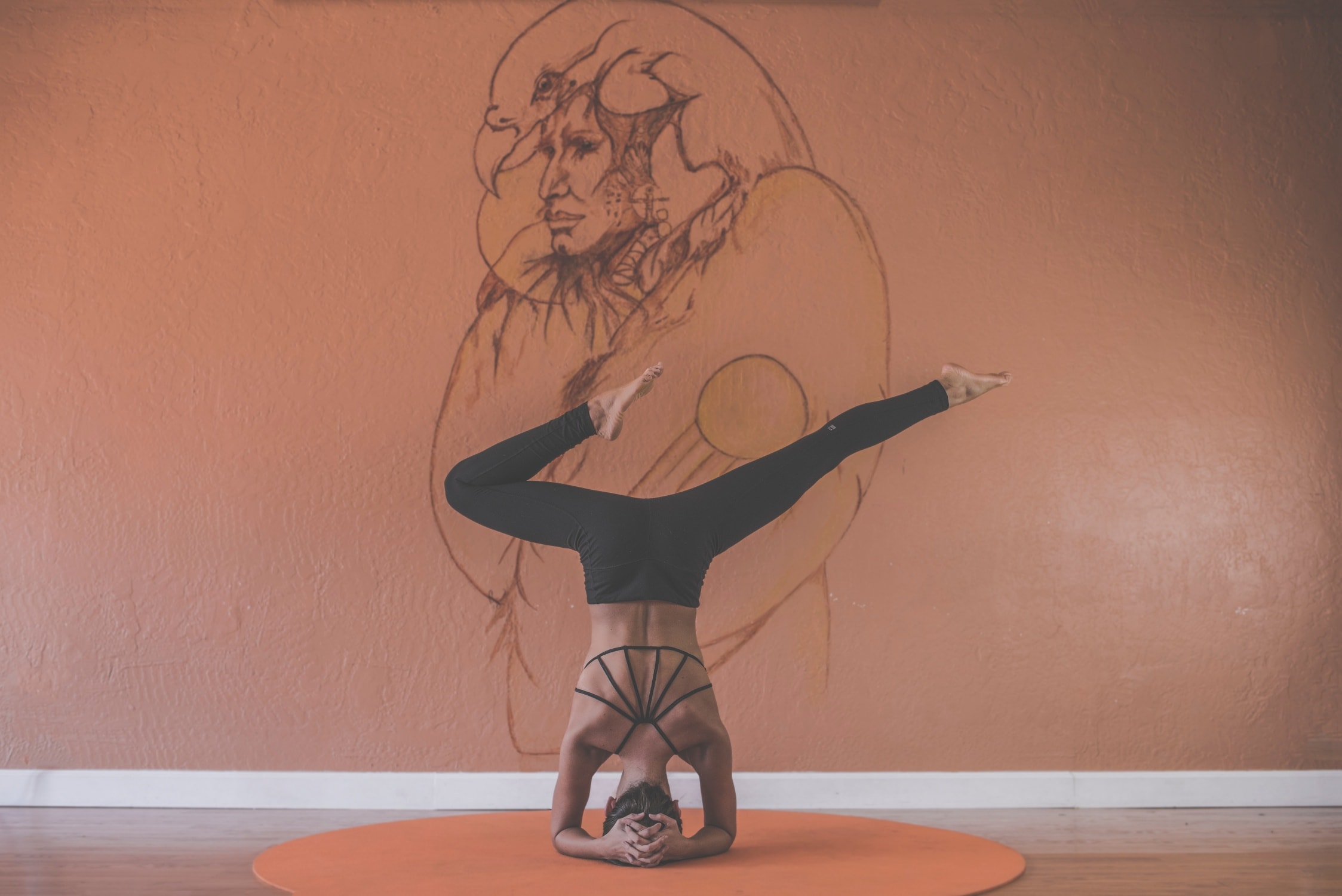
What is the CORE, Really?

Photo by Aral Tasher
When clients come to me and tell me that they their core is weak and that they have been trying to strengthen it at home by doing lots of sit-ups and crunches, I often wonder to myself if they actually know what their core is. Many of them assume and believe that their core is simply and ONLY abdominals. They have been led to think that the six-pack is the core and training solely abdominals will “work the core”. While it is not an entirely incorrect explanation, it is in fact quite a narrow-minded view of what it truly is.
The core, or the powerhouse as it is sometimes called, is quite simply your spine, trunk (upper, lower, front, back and sides) and pelvis connection, to explain as simply as I can. The pelvis is perhaps the most important component of the core. There are many deep internal muscles in our trunk and pelvis as well as surrounding our spine. They are our stabilizers, the ones that “hold the fort”.
What The Core Does For Our Body
The stability of the core is largely dependent on our individual posture which is affected by our movement habits and patterns. Hence, the level of core strength one has depends on a person’s posture and muscle balance. The human body is built to receive forces we place on it in relation to gravity and the job of the core helps to support, power and distribute these forces in the desired direction by activating the particular muscle groups for the required action. So the type of posture you have will determine how these forces are distributed, and if there is uneven distribution of load, it typically results in the body overcompensating ie. over-utilizing and/or under-utilizing of muscles. No one has perfect posture. How we sit, how we stand, how we carry our bags, how we pick up things from the floor, the structural shape of your spine, previous injuries etc to name a few examples, all affect our posture, muscle balance and our body’s spatial awareness.
Focus on Core STABILITY as much as Core STRENGTH
So then, ask yourself how are you working your core and improving its strength? Notice if you are only doing one-dimensional exercises such as crunches, crunches and more crunches all day and everyday, hoping that it will help relieve your lower back pain? What IS the cause of your lower back pain in the first place? How stable are your pelvis and lower back during these abdominal exercises? Pilates exercises are meant to give your entire body an anchor of stability for our daily movements, allowing us to move more efficiently. Hence, focusing on core stability should be just as important as increasing core strength.
For me, I would like to think of the core as the entire body from head to toe-the whole integrated musculoskeletal system that is designed for dynamic functional and intelligent movement. Hence, training the core and maintaining core control during our workout is crucial in improving muscle efficiency. It is through mind and body control that increases our strength, not the additional number of springs you put onto the reformer. To feel “macho” by using many heavy weights and assume we are getting maximum result is just to feed our ego. Training the mind is as important as training the body. Just like in yoga, the mind ought to be fully engaged while performing each movement, from the first repetition to the last, allowing us to have greater muscle control and coordination.
How Do You Train Your Core?
Always work the body as an entire system. Improve overall core strength not by just working big muscles but focus on internal ones. Bring focus on having a flexible and mobile spine- a healthy spine.
1 . Work Your Body 3-Dimensionally.
Train your core stability and strength in ALL planes of movement (sagittal, coronal, transverse) and ALL body positions (standing, sitting, lying, kneeling, weight-baearing)
2. Emphasize Stability As Much As Mobility.
Your body may not be ready for an increase in range of motion if it has not learnt how to stabilize with control. With stability comes control and with control, range of motion and strength will naturally follow.
3. Maintain Strict Alignment In The Exercise.
Do not compromise correct alignment for greater range of motion.
4. Alignment And Stretch
Always include deep stretches maintain strict alignment while doing the stretches.
5. Focus On Your Breath.
You should never get to a point where your breath is held.
Perhaps the most important of all- Discipline your mind. Our brain is like a muscle too. It governs our body. It is the sender of messages to the muscles in our body. Changing perceptions and attitudes in our mind play an important role in the progress of our fitness and wellness program. Therefore, let us train our mind to never take short cuts. It is the effort that we put into the journey of reaching our destination that will eventually strengthen us, both physiologically and mentally.
7 Ways To Take Charge Of Your Health
You May Also Like

Why You Shouldn’t Break Up With Your Cold Pressed Juice Cleanse
August 15, 2018
Wellness Secrets of Taipei
July 20, 2018

